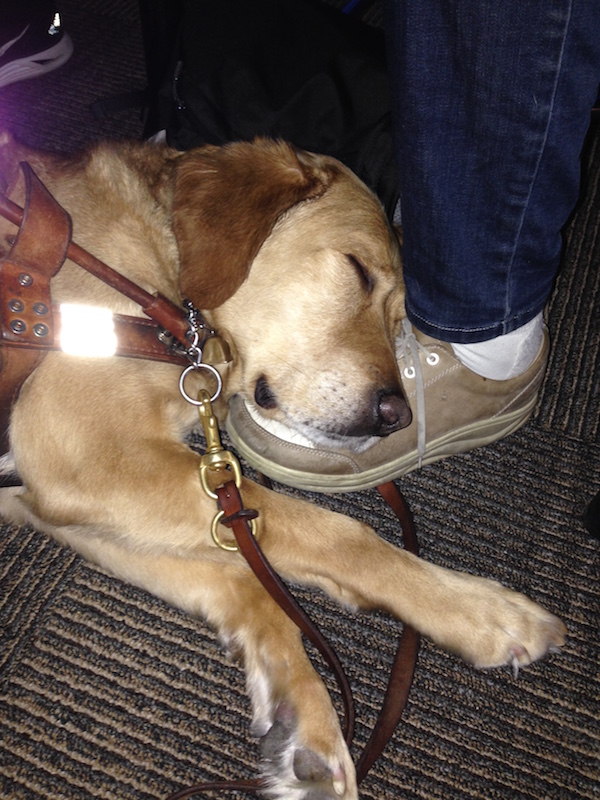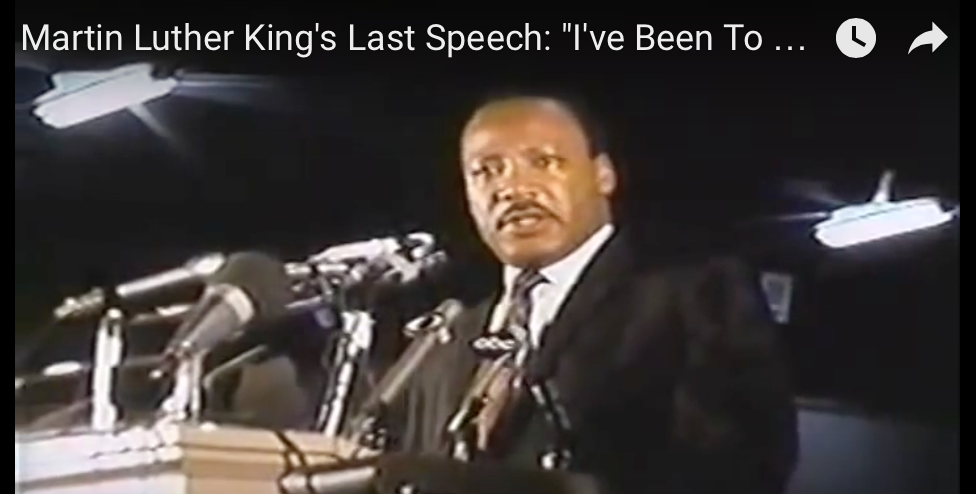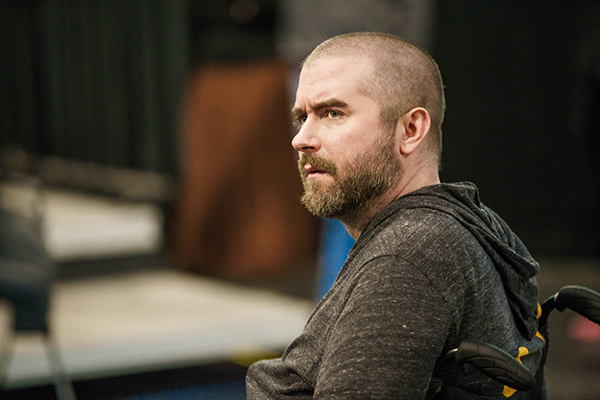Mondays with Mike: Alone time
April 11, 2016 • 3 Comments • Posted in baseball, Mike Knezovich, Mondays with Mike, UncategorizedAs Beth just posted, she’s been in Anacortes, Washington, for the last few days, hanging out with her sisters.
And I’ve been here. At home in Chicago. She got the better of the weather. But I did all right.
The highlight was getting to the White Sox home opener on Friday afternoon. That Friday morning—that gray, cold, windy, rainy Friday morning—it didn’t look good for the game. But the rain stopped, the sun popped out while I was on the Red Line headed to the park, the anthem was sung, the Polish sausage (wit onions, and no, no “h” on the wit) was purchased, I wiped off my seat, and play ball!

Neither snow nor rain nor heat nor ….
It was cold, and there would eventually be snow—enough to cause the Cleveland centerfielder to lose a ball in the flurries temporarily—and the Sox really played like drek. And it didn’t matter. It was a gas.
I like going to games by myself. Not all the time. But I can listen to chatter, move around the park as I please, and be alone in a crowd. There’s something really satisfying about that.
I think I have an alone-in-a-crowd disposition. But it goes beyond that. I think probably my and Beth’s circumstances make my alone time all the more important to me. If you read Beth’s last post about navigating travel from Chicago to Anacortes, you got a notion about the tedious and sometimes daunting logistics that come with blindness. I know them well. .
Apart from travel, the truth is the logistics of my daily life have also been complicated by Beth’s blindness in so many small and large ways–but we’ve been at this for so long that I’m not even aware of the extra little things or the different things I need to do or can’t do in day-to-day life. It’s only when she’s gone that I understand that, wow, life can be a lot simpler on my own. It’s nice.
But it’s not as good.
Beth gets home tonight.




